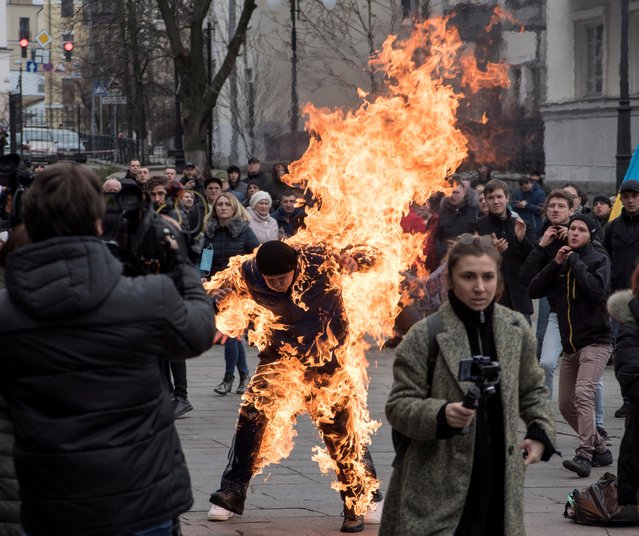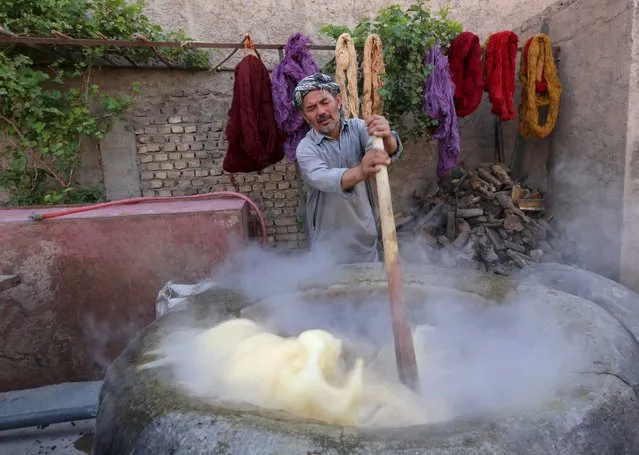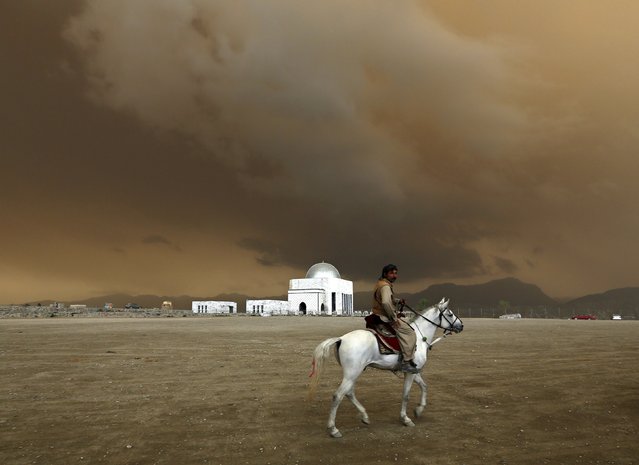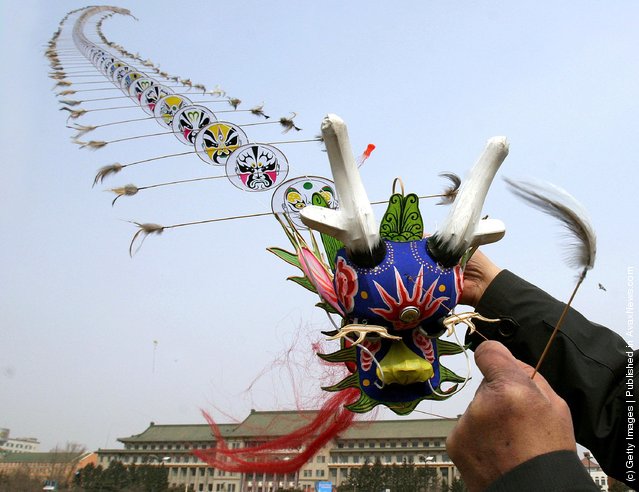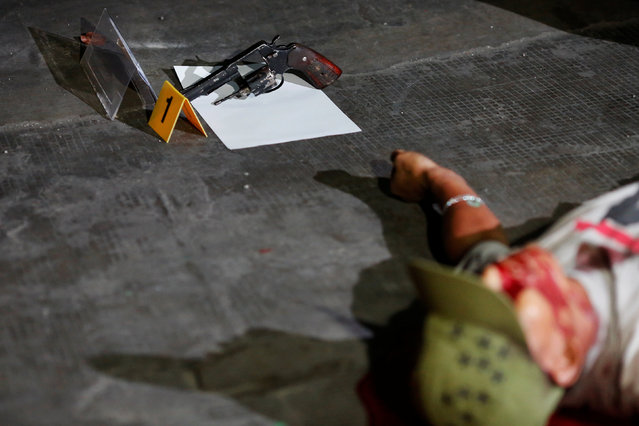
A gun is seen next to the body of a man was killed in a shootout with police in Manila, Philippines early October 21, 2016. According to the police, sachets containing substance believed to be drug shabu (Methamphetamine Hydrochloride) were found in the killed man's pockets. (Photo by Damir Sagolj/Reuters)
24 Oct 2016 12:09:00,post received
0 comments

